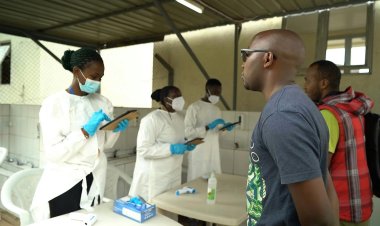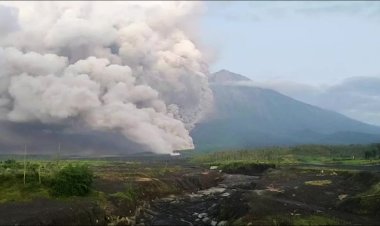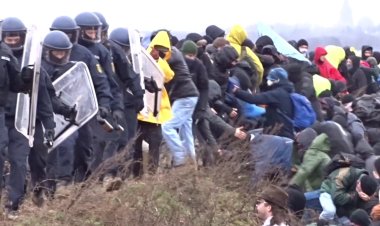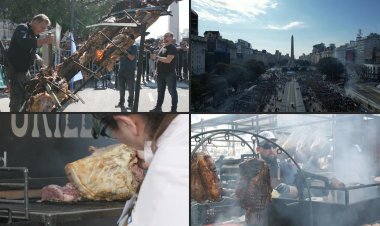Shipibo-Konibo Muralists Shine in Lima
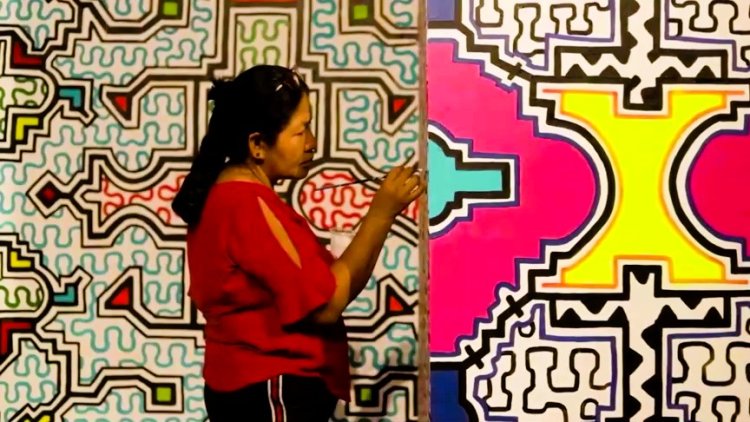
In the Cantagallo neighborhood of Lima, the female muralists of the Soi Noma collective from the Amazonian indigenous Shipibo-Konibo community are making their mark in the world of art by sharing their cultural heritage through beautiful murals.
The Soi Noma collective, which translates to "women who make beautiful art," is made up of 12 members, most of whom are mothers. The murals they produce typically feature geometric patterns that depict their vision of the world, using motifs commonly seen in their traditional embroidery and pottery.
One of the artists, Willma Maynas, migrated to Lima following the death of her husband during the armed conflict between the army and guerrilla fighters in Peru during the 80s and 90s, often referred to as the 'terrorism era'.
"I came here (Lima) looking for a better quality of life. That is when I started making murals,” she said.
Salome Buenapico, another member of the collective, views the murals as a method of reminding people in Lima and the rest of Peru about the existence of the Shipibo-Konibo community. She believes it is crucial to share her culture and pass on her traditions and language to her daughters to prevent them from being forgotten.
“For me it’s important to make our art and culture visible so other people can get to know us. Sometimes people living in Peru don’t know our culture, they don’t know our customs," she said.
The group recently displayed their artwork in an exhibition named 'Koshi Kene' at the ICPNA cultural center in Lima, alongside artist Harry Chavez. In the Shipibo-Konibo language, 'koshi' refers to the strength derived from the universe through medicinal plants, which is subsequently embodied in their 'kene', or designs.






